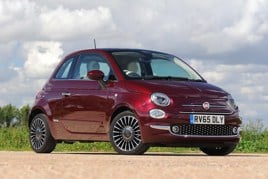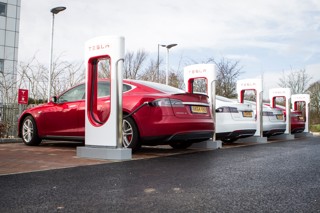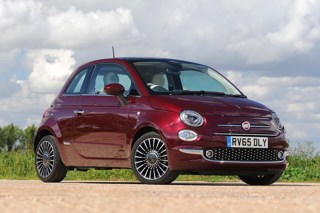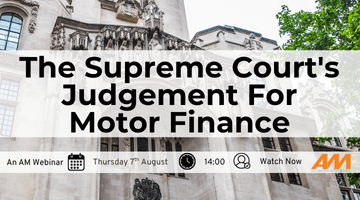Used car prices declined by 1% during April as Easter holidays delivered a seasonal drop in demand, Cap HPI has reported.
Well over half of retailers (57%) told the car valuations specialist that demand had declined during the month, but retail data suggested that values and margins had remained stable.
 Just 10 days ago, Cap HPI director of valuations Derren Martin told AM that values had declined 0.6% at its three-year, 60,000-mile benchmark age.
Just 10 days ago, Cap HPI director of valuations Derren Martin told AM that values had declined 0.6% at its three-year, 60,000-mile benchmark age.
By April 25 that had grown to 1% (or £250), with the average one-year old values dropping by 1.1% (over £370), and five-year old values down (or £140).
Older car dropped slightly more in percentage terms, with 10-year-old values down 1.9% (over £90).
Cap HPI reported: “The first two weeks of this April encompassed the Easter school holidays, which can traditionally be a difficult period for retailers, with many consumers taking vacations causing footfall to drop. Whilst that has happened to a certain degree this year, the vast majority of retailers were quietly satisfied with how they fared, with regards to demand and sales.
“This has continued the positivity amongst retailers that has been a notable feature of the market since the turn of the year.”
It added: “Margins, which have been under slight pressure, seem to have stabilised and remain healthy. Retail advertised pricing has continued to be stable, with generally only cars that have sat in stock for an unpalatable time being reduced.”
 Earlier this month AM exclusively revealed the winners of the Cap HPI’s first ever data-driven Used Car of the Year Awards, with the Fiat 500 hatchback emerging victorious.
Earlier this month AM exclusively revealed the winners of the Cap HPI’s first ever data-driven Used Car of the Year Awards, with the Fiat 500 hatchback emerging victorious.
Seven other category winner revealed vehicles which boasted residual values worthy of celebration, with the Hyundai Kona Electric winning the EV category.
According to Cap HPI’s latest market report, retailers are now “dipping back into buying EVs”, with the ability to now buy at more reasonable prices and therefore advertise them accordingly.
It said that auction houses’ “fire sales” of zero-emissions stock had now ended as price reductions settled, meanwhile, and echoed Martin’s earlier sentiments that the harder-hit premium end of the market had now been brought within reach of more potential buyers.
“Cars such as the Tesla Model 3 and Jaguar I-Pace have definitely felt some severe pain on prices since September of last year, but now look appealing to the consumer,” it reported.
“With both having reduced in price by around 30% or £13,000 (at the three-year, 30,000-mile age point) over that period, they can now be seen to be commonly advertised between £20,000 and £30,000.
“These models remain aspirational and are having an effect on cheaper cars, which have not dropped by as much in monetary terms, thus the gap is potentially a reasonable walk-up in price for many consumers.”





















Login to comment
Comments
No comments have been made yet.